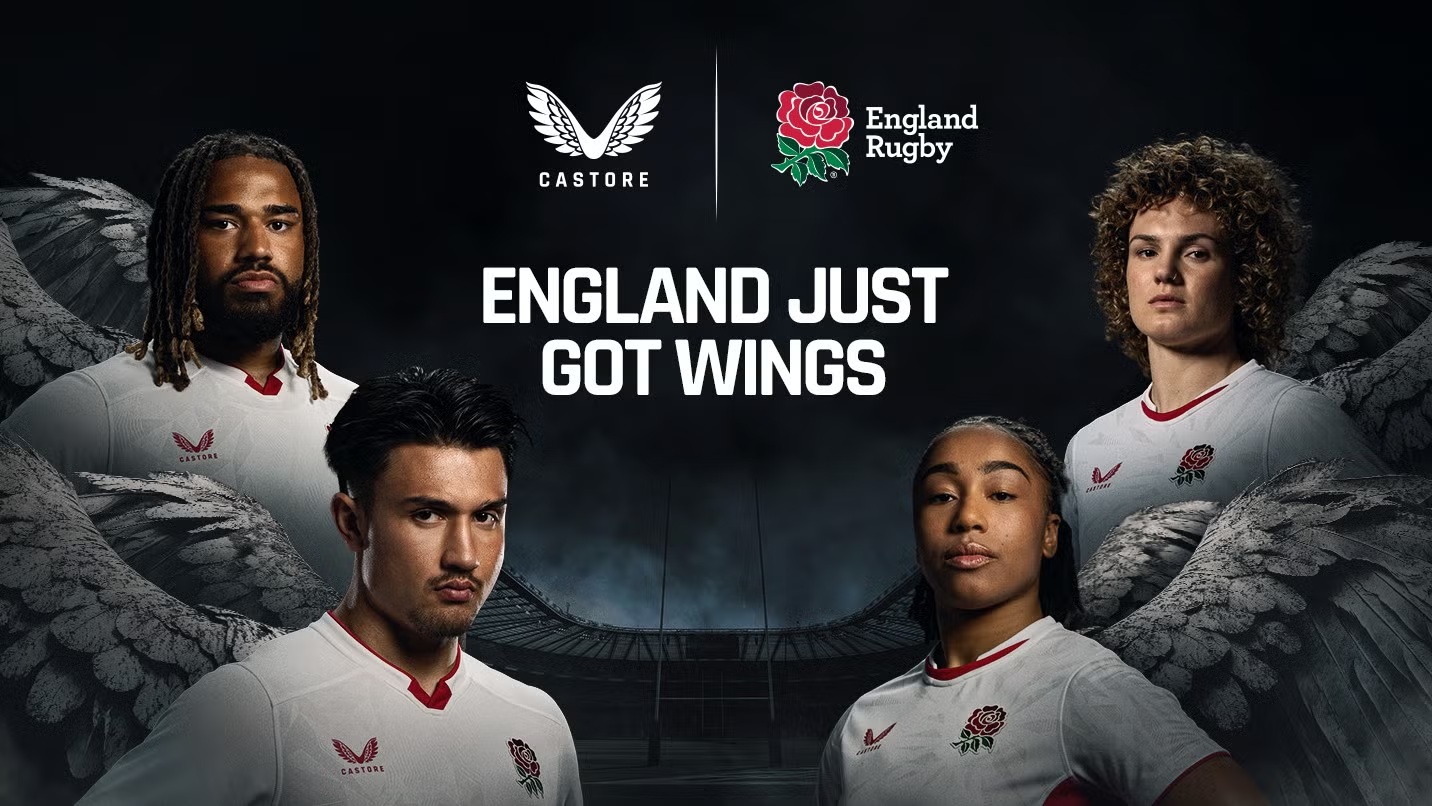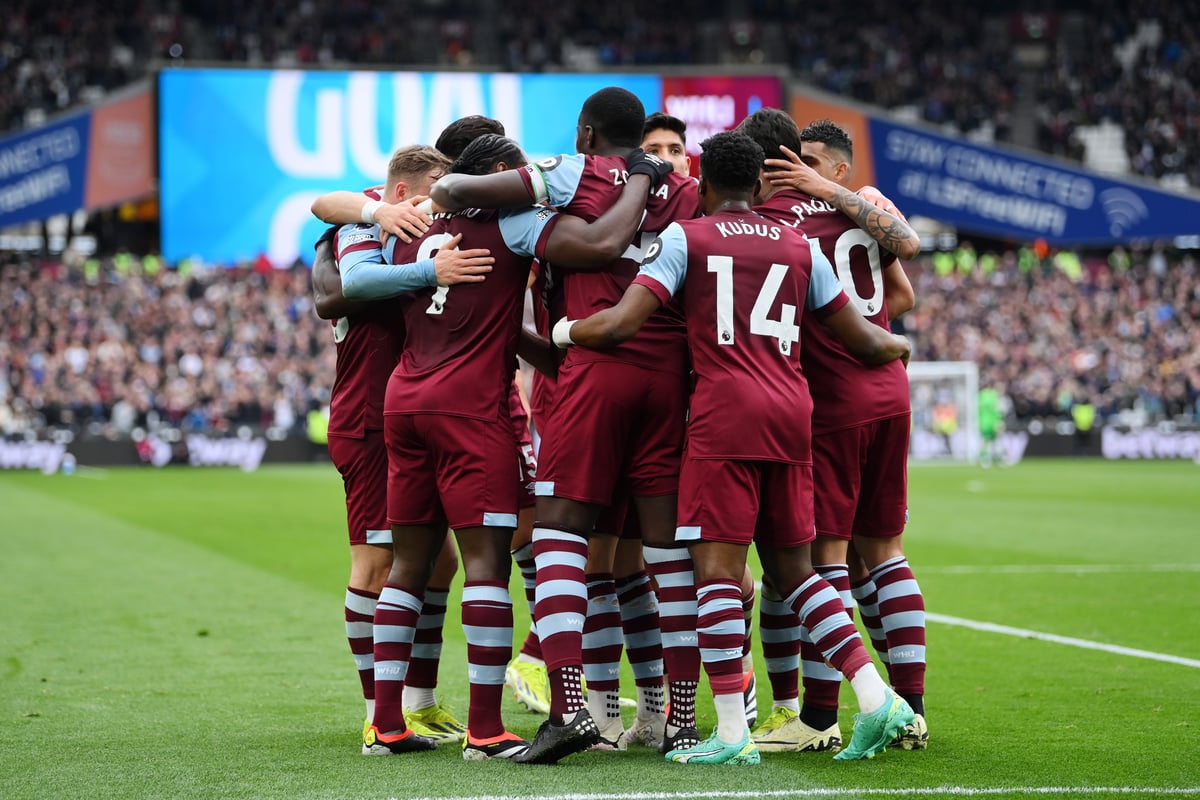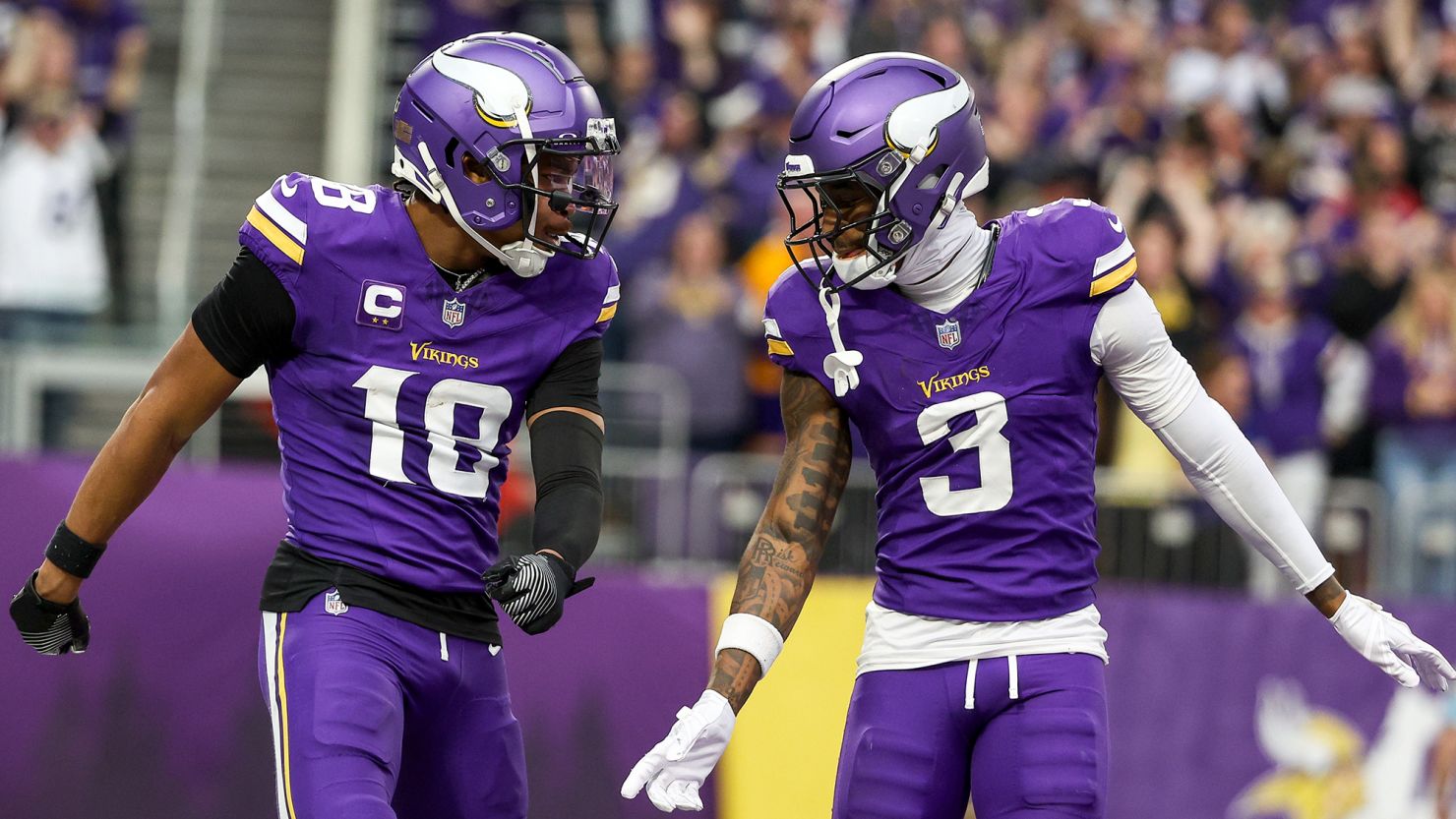In an arena long dominated by the sporting giants of Nike, Adidas, and Puma, few imagined that a small British start-up, launched by two ex-athletes with no design background, would emerge as one of the most intriguing success stories in modern sportswear. Yet Castore, the brainchild of Wirral-born brothers Tom and Phil Beahon, has done just that — carving out its identity as a premium alternative in a saturated market.
What began as a defiant pivot from personal sporting disappointments has since become a blueprint for disrupting a complacent industry. Tom, released from Tranmere Rovers at the age of 22, and Phil, a former semi-pro cricketer who once played for Lancashire, transformed their shared sense of unfinished ambition into fuel for innovation. “We didn’t make it in sport, but we weren’t going to fail in business,” Tom has often said. That competitive fire, fused with relentless work ethic and bold vision, is what propelled Castore from concept to global player.
The Genesis of a Challenger Brand
Castore’s inception wasn’t backed by vast capital or elite networks. It was built from the ground up. The Beahon brothers juggled full-time finance jobs in London while using their salaries to fund prototypes and supplier visits. In 2016, they used a Virgin StartUp loan and a remortgaged family home to turn their side project into a business. Lacking fashion credentials, they immersed themselves in the technical intricacies of production — learning from textile artisans in Italy, forging relationships with factory owners, and obsessing over every fibre that went into their garments.
Rather than aim for mass market appeal, Castore honed in on precision and quality. It positioned itself not just as another sportswear label, but as a performance brand designed for elite athletes. This unwavering focus on craftsmanship became its early differentiator. Still, it lacked the visibility and credibility that the established titans enjoyed — until opportunity knocked in the form of one of Britain’s most respected athletes.
Andy Murray: The Turning Point
Castore’s first seismic moment came when Andy Murray spotted his trainer wearing their gear. Impressed, he approached the company — not just to endorse, but to invest, advise, and help co-design a bespoke tennis line. This wasn’t just a coup for exposure; it was a signal to the world that Castore had arrived.
With Murray on board, the brand was suddenly on the radar of fans and federations alike. But the real shift in trajectory came in 2020, when Castore secured its first major team deal with Rangers FC. The timing — during the COVID pandemic — was fraught with supply chain issues and logistical challenges. Yet the demand from Rangers’ passionate fanbase was so intense that initial inventory sold out within hours. It was a trial by fire — and Castore survived.
From Speedboat to Superpower
Castore doesn’t pretend to match the size or market dominance of Nike or Adidas. Instead, it revels in its agility. “We think of ourselves as a speedboat in a sea of oil tankers,” Tom once remarked. That metaphor encapsulates the brand’s ethos: nimble, adaptable, and responsive.
Where legacy brands move slowly, Castore innovates — not just in fabric technology or fit, but in how it engages with consumers. The company’s direct-to-consumer model allows it to gather real-time feedback, iterate rapidly, and forge deeper relationships with fans. Moreover, it identified a market blind spot: teamwear. Clubs outside the commercial mega-deals often felt overlooked by the industry behemoths. Castore seized the opportunity.
Today, Castore supplies over 75 teams across five sports, including Newcastle United, Aston Villa, Bayer Leverkusen, the England and West Indies cricket teams, McLaren and Red Bull Racing, and individual athletes such as swimmer Adam Peaty and cricketer Jos Buttler. Its expansion has been surgical, choosing partners that align with its premium brand proposition.
Lessons in Grit, Scale, and Smart Growth
The Castore journey hasn’t been without its bruises. Early production hiccups and customer service stumbles brought harsh lessons. But rather than retreat, the company scaled its infrastructure, invested in logistics, and refined operations. Learning in real-time became a cornerstone of its growth.
That growth hasn’t gone unnoticed. Valued at over £1 billion, Castore’s headcount has swelled to 500 globally. It continues to scout new markets, with the United States firmly in its crosshairs. The Beahon brothers are already in discussions for further expansion, both in terms of athlete partnerships and regional manufacturing.
What sets Castore apart isn’t just ambition — it’s the audacity to challenge convention. In a marketplace where brand loyalty is often generational, Castore has convinced fans, clubs, and elite athletes to reconsider their options. Its rise is not merely a story of branding or design; it’s a case study in how resilience, resourcefulness, and relentless focus can dethrone complacency.
The Road Ahead
As Castore looks to the future, the mission remains clear: to become the world’s leading premium sportswear brand. The path won’t be easy, but the playbook has already been written — one built on risk, reaction, and an unshakable belief in doing things differently.
Sharing space with giants like Adidas and Nike is no longer just an aspiration. It’s a reality. The next chapter for Castore won’t be about arrival, but about sustainability — maintaining identity while scaling globally, and continuing to prove that underdogs with vision can, in fact, fly highest.


